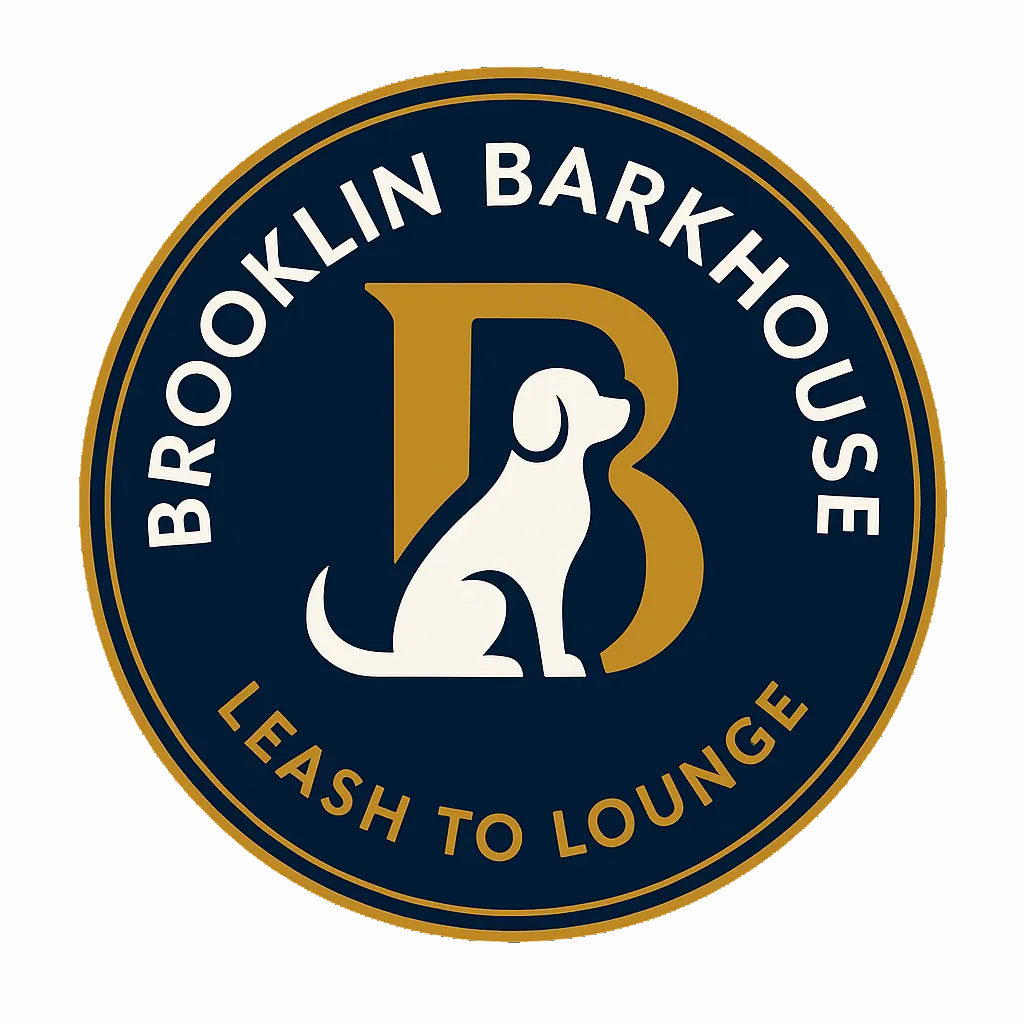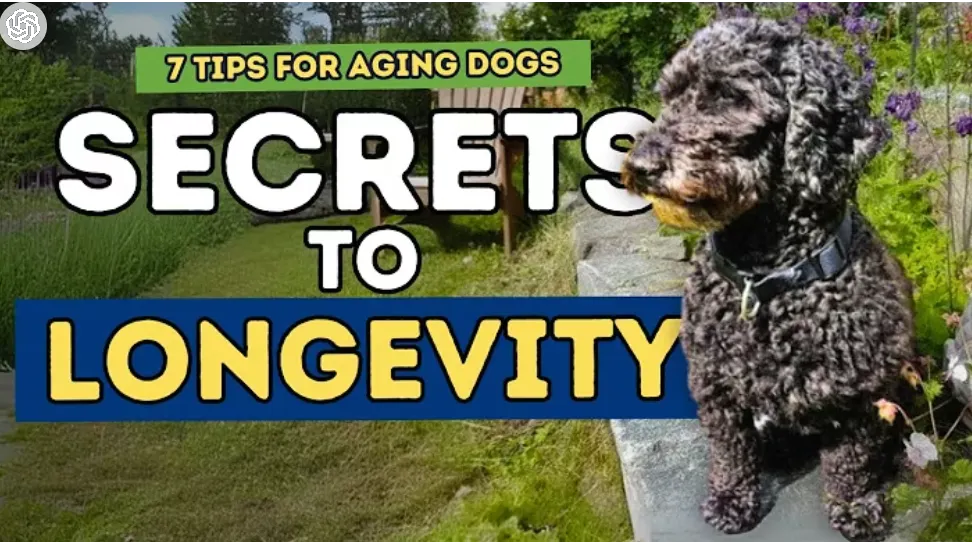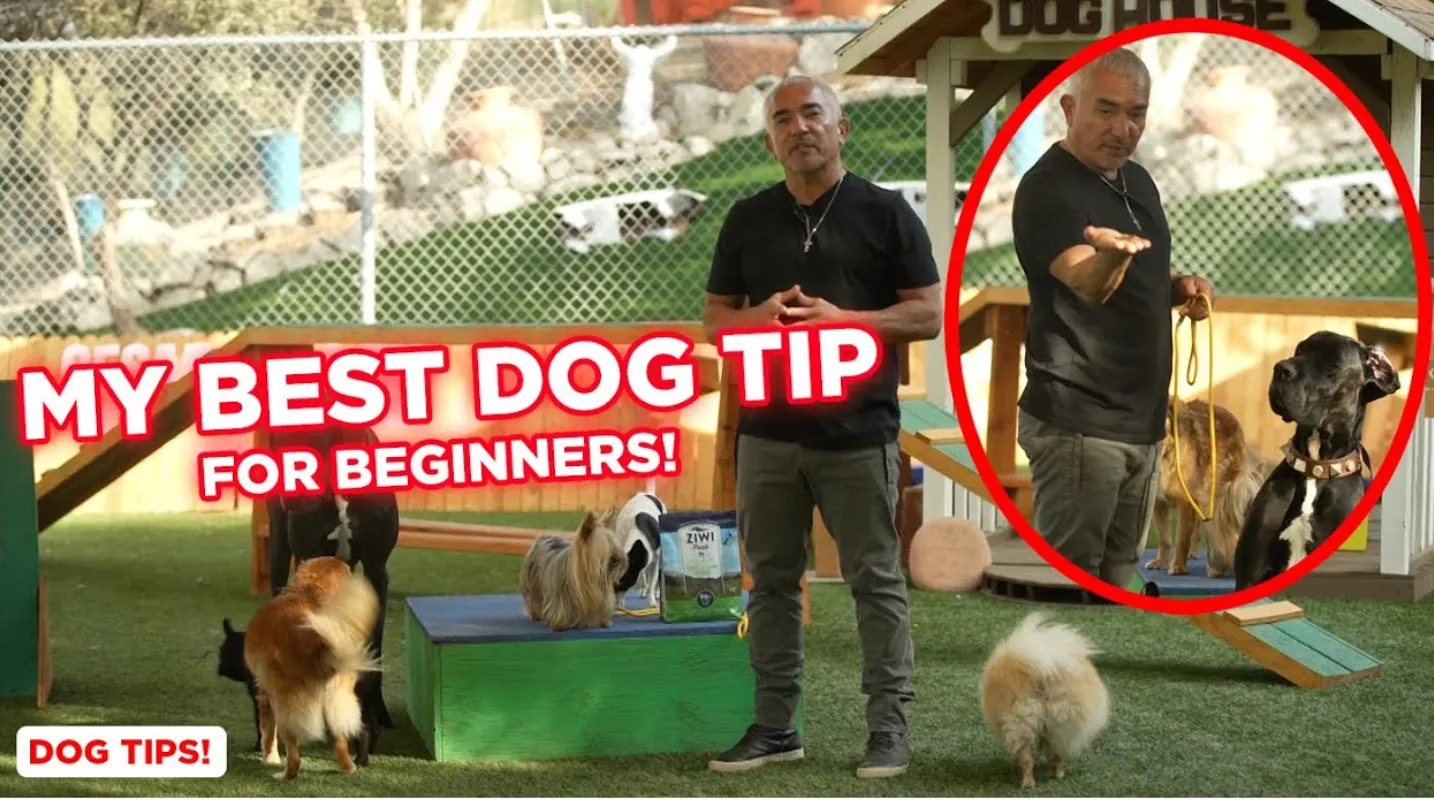How the Mexican Halter Transformed My Dog Walks (And What Most New Owners Get Wrong)

Let me confess: I used to be THAT person—wrestling an excited dog along Brooklin’s leafy trails, convinced sheer willpower or the latest harness would solve everything. Then, on the advice of an old-school trainer (who literally called their lead the 'Mexican halter'), my perspective—and my dog’s behaviour—shifted overnight. Here’s the surprising bit: it wasn’t about the tool itself, but about understanding the subtle way dogs think and what they need from us.
The ‘Nose, Eyes, Ears’ Philosophy: What New Owners Always Miss
If you’re like most new dog owners, you probably think your dog experiences the world the same way you do. You look, you listen, you react. Maybe you even talk to your dog, hoping they’ll understand your words or the tone in your voice. I did the same thing. But here’s the truth that changed everything for me: dogs move through the world in a different order—nose first, then eyes, then ears.
This isn’t just a fun fact about dog behaviour. It’s the foundation for building trust, communicating clearly, and making every walk a positive experience. When I first started using the Mexican halter—sometimes called the Mexican halti—this philosophy finally clicked. Suddenly, I wasn’t fighting for my dog’s attention. I was guiding it, gently and confidently, in the way dogs naturally understand.
Why Scent Comes First: The Dog’s World in Three Steps
Think about it: your dog’s nose is their superpower. Research shows that dogs process information through scent before they even notice what’s in front of them or tune in to a sound. The order is always the same: nose, eyes, ears. That’s why, when you’re out on a walk, your dog’s head is down, sniffing every blade of grass, every lamppost, every invisible trail left by another animal. It’s not stubbornness. It’s instinct.
Most new owners—myself included—miss this. We tug the leash, call their name, or try to distract them with a treat. But if you don’t first understand where your dog’s focus is (almost always their nose), you’re working against their nature. You’re missing the chance to communicate in a way that feels natural and safe to them.
The Mexican Halter: A Training Wheel for Focus
Here’s where the Mexican halter comes in. As Cesar Millan says, “So the Mexican halti is gonna help you to redirect and give you control to the nose, eyes, ears way of being. We control how the nose move. Also, we control with the IC. It’s literally a good training wheels for us to keep the nose and the eyes in one direction.”
The halter isn’t about force. It’s about gentle redirection. You’re not yanking your dog’s head up or dragging them away from every scent. Instead, you’re guiding their nose, which in turn guides their eyes and ears. It’s a subtle shift, but it’s powerful. Suddenly, you’re not fighting your dog’s instincts—you’re working with them.
Empathy Over Equipment: Your Energy Matters Most
There’s another piece most new owners overlook: your energy. The tool is just a tool. “Your energy speaks to a dog. The way you move speaks to a dog and what you put on them.” If you’re tense, frustrated, or impatient, your dog feels it. If you’re calm, confident, and consistent, your dog will follow your lead.
This is where positive reinforcement and force-free dog training come in. Studies indicate that rewarding the behaviors you want—like walking calmly by your side or checking in with you—builds trust and reduces frustration for both of you. You’re not punishing mistakes. You’re showing your dog what you want, and making it rewarding for them to listen.
- Tips for new dog owners: Focus on guiding your dog’s nose, not just their eyes or ears.
- Use gentle, consistent cues and reward the behaviours you want to see.
- Remember, empathy and calm confidence are your most important tools.
Building Trust, One Walk at a Time
When you train with the nose, eyes, ears philosophy, you’re speaking your dog’s language. You’re not just teaching them to heel or stop pulling—you’re building a relationship based on trust and understanding. Research shows this approach reduces anxiety and frustration, for both dogs and owners. It’s echoed in every positive reinforcement and reward-based training book I’ve ever read.
So next time you clip on the leash, pause for a second. Notice where your dog’s nose is pointing. Guide it gently. Let your energy do the talking. And remember: the best dog training starts with understanding, not control.
Unpopular Tools, Unexpected Results: My First Try With the Mexican Halter
If you’ve ever tried walking a dog who thinks he’s auditioning for the Kentucky Derby, you’ll know exactly how my first attempt with the Mexican halter felt. Picture this: a three-year-old Great Dane named Champ, all legs and enthusiasm, towering over most of the Dog Walkers Near Brooklin you’d meet on the trail. He’s got the spirit of a horse and the stubbornness to match. My arms? Already sore. My patience? About to be tested.
I’d heard about the Mexican halter from a friend who swore it was a game-changer for big, strong dogs. It’s not the flashiest of Training Tools—just a simple loop of leash, a stop ring, and a bit of know-how. But it’s homegrown, easy to make, and, as I’d soon learn, surprisingly effective. Still, I was skeptical. Would Champ even let me put this thing on his face?
First Encounters: Empathy, Energy, and a Whole Lot of Treats
The first lesson came fast: initial resistance is natural. Most dogs, especially those new to any kind of gear, don’t exactly leap for joy when you introduce a foreign object. Champ pulled back, eyes wide, nose twitching. I could almost hear him thinking, “What is this nonsense?” Research shows that introducing new Training Tools with positive associations—think treats, praise, and calm energy—can make all the difference.
So, I slowed down. I let Champ sniff the halter, rewarding him every time he showed curiosity instead of fear. A little chicken here, a gentle word there. My energy stayed calm, my hands steady. It wasn’t about forcing the tool on him. It was about building trust, step by step.
The leash is for connection, communication to attain trust, respect, and love.
That quote stuck with me. It’s not just a strap or a rope; it’s a bridge. And with Champ, I needed every ounce of connection I could muster.
The Step-by-Step: How to Use the Mexican Halter
- Start with the right dog. The Mexican halter works best for dogs with a snout—think Labs, Shepherds, or, in my case, a Great Dane. Bulldogs and Frenchies? Not so much.
- Prepare your leash. Open it up, keep it loose, and stay relaxed. Dogs pick up on your energy, so if you’re tense, they’ll be tense too.
- Create the loop. Bring the leash forward, loop it over the nose, and run it through the stop ring. The stopper sits at the back of the head, while the front of the loop rests just above the mouth.
- Reward calm behaviour. Every time Champ stood still or let me adjust the halter, he got a treat. No hype, no shouting—just quiet praise and a tasty snack. This is Reward-Based Training at its simplest.
- Practice short sessions. Don’t expect miracles in five minutes. We did a few minutes at a time, always ending on a positive note.
It wasn’t magic, but it was close. Each time we practiced, Champ grew more comfortable. The halter stopped being a weird, scary thing and became just another part of our walks. Studies indicate that force-free training—avoiding punishment and focusing on rewards—reduces stress and builds a stronger relationship between dog and handler. I saw it firsthand: Champ’s tail wagged more, his eyes softened, and our walks became less of a battle and more of a partnership.
What Most New Owners Get Wrong
Here’s the mistake I see all the time, especially among new Whitby Dog walkers: they rush. They slap on a new tool, yank the leash, and expect instant results. But dogs need time to adapt. They need empathy, patience, and a steady hand. If you skip the positive association—if you forget the treats, the praise, the gentle energy—you’re setting yourself (and your dog) up for frustration.
The Mexican halter isn’t a shortcut. It’s a tool, yes, but it’s only as effective as the relationship you build around it. Food rewards help, but it’s your calm, consistent presence that makes the real difference. That’s what transforms a walk from a tug-of-war into a conversation.
So, if you’re a new dog owner or a seasoned walker looking for better Training Tools, don’t overlook the simple stuff. Sometimes, the most unexpected methods—like a humble Mexican halter—deliver the most surprising results.
Beyond Tools: Why Your Energy Shapes Every Walk (Wild Card: The Driver’s Seat Analogy)
Picture this: you’re standing at the curb in Brooklin, leash in hand, your dog’s eyes flickering between your face and the world beyond. Maybe you’ve just clipped on that new Mexican halter, feeling a mix of hope and nerves. You’ve read the tips for new dog owners, watched the tutorials, and maybe even chatted with a few seasoned Brooklin Dog Walkers. But here’s the truth that sneaks up on you, often after the first few walks: the real magic doesn’t come from the halter, the treats, or even the perfect walking route. It comes from you—your energy, your mood, your presence.
Let’s try something. Imagine you’re behind the wheel of a car. The road ahead is open, your favourite song is playing, and your best friend is in the passenger seat. Would you grip the wheel so tight your knuckles turn white? Would you bark orders at your friend, or yank the steering wheel every time you hit a bump? Or would you relax, guide gently, and enjoy the ride together? Walking your dog, especially with force-free training, is a lot like this. You’re in the driver’s seat, but your reactions and energy steer the whole experience.
I learned this the hard way. At first, I thought the Mexican halter would be the answer to all my dog-walking woes. I was so focused on the tool—adjusting the fit, checking the straps, making sure everything was “just right.” But my dog? He was watching me. Every sigh, every tense movement, every flash of frustration. The halter was just a piece of the puzzle. What really changed our walks was the energy I brought to the leash.
Research shows that dogs are experts at reading our emotions. They pick up on our stress, our joy, our impatience. When you step out the door with calm, confident energy, your dog feels it. Suddenly, the world isn’t so scary. The halter isn’t a punishment—it’s just a gentle nudge, a way to keep “eyes on the road,” as one trainer told me. The moment your dog gives you two steps of attention, you reward with a treat. It’s simple, but it’s powerful. The dog learns: “When I follow your lead, good things happen.” That’s the heart of positive reinforcement.
Force-free training isn’t about being passive. It’s about guiding with empathy and consistency. It’s about building trust, step by step, treat by treat. The best Brooklin Dog Walkers know this instinctively. They don’t yank or scold—they adapt to each dog’s energy, using subtle cues and positive reinforcement to shape behaviour. Studies indicate that this approach not only reduces anxiety and frustration in dogs but also strengthens the bond between you and your furry companion.
There were days when I slipped—when I let a bad mood or a stressful morning creep into our walk. My dog felt it instantly. He’d pull, sniff, or freeze, unsure of what I wanted. But when I remembered to breathe, to move with purpose, to treat each walk like a shared adventure, everything changed. The halter became a tool, not a crutch. My energy set the tone, and my dog responded in kind.
Always remember that your energy speaks to a dog. That the way you move speaks to a dog and what you put on them.
So, if you’re a new dog owner in Brooklin or Whitby, or just someone looking for a better way to walk your best friend, remember: the leash, the halter, the treats—they’re all important. But the real driver of every walk is you. Guide gently. Stay present. Enjoy the ride. That’s the force-free approach, and it’s the secret to walks that feel less like a chore and more like a road trip with your favourite co-pilot.




